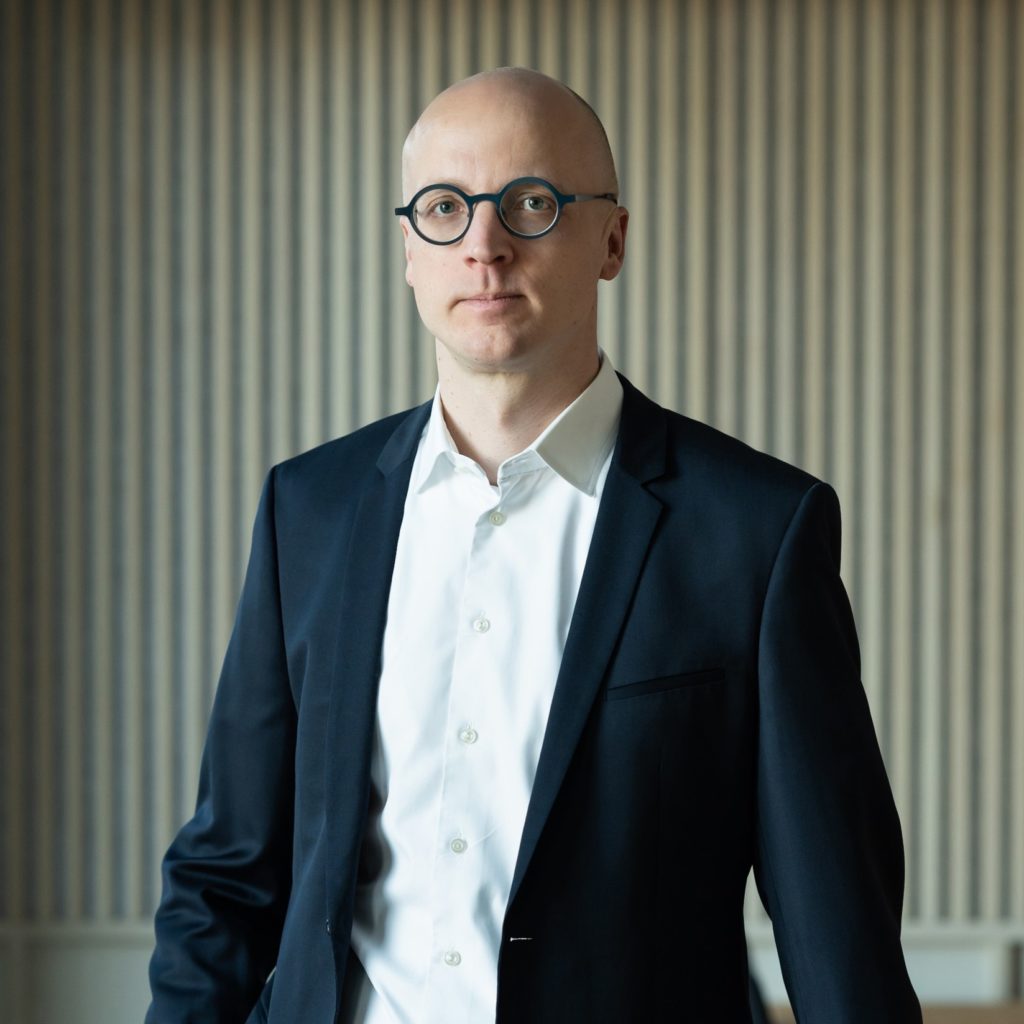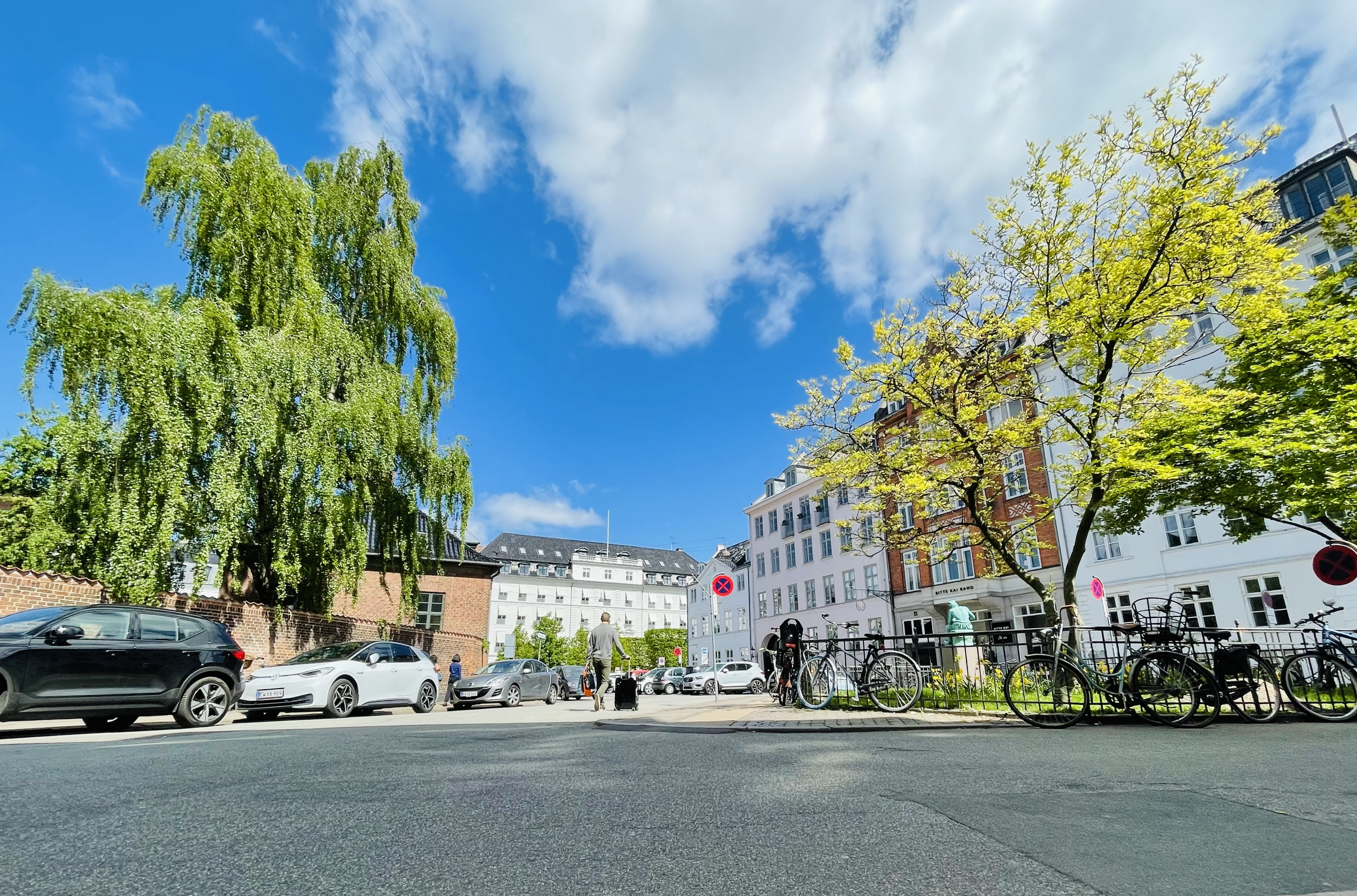

Improve your real estate investment and divestment decisions with CHAOS insights
For too long the real estate industry has taken investment decisions on a case-by-case basis; based on segregated information and personal networking, which is usually
War, inflation, energy crisis, the rising interest rates – many things have affected our world lately. The real estate industry has sure taken a hit, but how hard? Natalia Rincón and Paloma Bautista, the hosts of Unravelling Cities podcast, interviewed a top-notch expert on the matter: JLL Finland’s CEO Tero Lehtonen.
Listen to the full-lenght interview as a podcast:
Tero Lehtonen is the CEO and member of the executive board of JLL Finland and he also works as an advisor and board member in different organisations, like the Finnish construction company Jatke. He has over 20 years of experience in the real estate industry and board experience from both corporate and nonprofit boards – a perfect interviewee on what’s happening in the real estate market right now.
“We have surely seen quite a significant change in the real estate market during the past year which goes back to inflation”, Tero starts.
Interest rates have increased significantly, as a year ago we were in an environment where they were around zero. For property investors that means that their financing costs have been increasing; you can get financing but the money is more expensive and you will get less debt than a year ago. That is the biggest impact of inflation for real estate markets.
In addition, inflation has an increasing impact on operating expenses so costs have been going up almost everywhere. We have also seen rents increase in line with inflation because most of the lease agreements have CPI-linked indexation. But for example in the residential side where investors actually haven’t been able to get all the indexation in rents, we are also in situations where market rents won’t increase in line with the inflation, which means that rents in real terms are actually decreasing at the moment.
Inflation is also impacting development and construction costs which means that we have seen a huge slow down, particularly in residential development. There are still quite a lot of residential buildings on construction but the number of new projects has been at extremely low levels this year.
Besides the inflation which has had a big impact on the market, another important trend Tero mentions is hybrid working, which is here to stay. It means that the office market is seeing a big structural change, and that impacts both occupants and landlords and what kind of premises will be needed in the future.


So there is definitely a lot going on. When asked what he would do differently to correct the situation or where he thinks the silver lining is, Tero highlights few things. First is that even though the current situation is challenging, on the other hand, the interest rates around zero or even below zero weren’t healthy. In that sense, the situation is coming back to normal. Also, typically at these times, it is worth getting back to basics.
“As a property investor, I would put much more focus on asset management. I would make sure that I am taking good care of my current tenants, I have enough resources for leasing potential vacant spaces, and I’m considering the future of my properties. If there are some properties which are clearly outdated I would start immediately to make plans on how to make them attractive also in the future”, Tero says.
When talking about real estate, one of the hot topics that cannot be bypassed is ESG (Environmental, Social and Governance) reporting and impact, which is now on top of the agenda of almost every investor. Even though the pandemic in 2020 raised the importance of understanding and measuring social value in the world, the biggest part of the discussion still revolves around environmental goals, and the social part remains less prominent.
As approximately 40% of carbon emissions globally are from real estate, the industry can have a massive impact on climate change and it is natural that the discussion is focused there. It is measurable and perhaps more tangible than the social side of ESG. Still, it doesn’t mean that the industry wouldn’t have an impact on that pillar as well.
“Real estate sector overall has also big impact on the social side. For example with offices, we need to make sure they are healthy places where people want to come and meet other people”, Tero says and adds that companies should ask their employees what they want and need from an office, rather than just copying what their competitors are doing.
“Looking forward, I think that real estate is still into quite a positive outlook in the mid and long term”, Tero says.
In the big picture, the situation in the market looks still promising as urbanization is still here. In shorter term, although this year will be challenging because of the high interest rates, they will start to stabilize. Tero believes that starting from next year, we will most probably see increasing activity and if the GDP growth starts to increase, he assumes that in 2025 we should see much more active market on transactional side.
One of the challenges Tero sees for real estate and construction business is the way they have always focused only on building and operating the buildings, instead of actually listening to the tenants and users of the premises. However, he sees that this mindset is slowly changing and the business is slowly becoming more customer driven.
“I actually started my career as a researcher over twenty years ago and one of our research themes was how to make the real estate business more customer driven. Perhaps I can say that we have seen a change but there’s still quite a long road to go”, Tero says.


For too long the real estate industry has taken investment decisions on a case-by-case basis; based on segregated information and personal networking, which is usually


From architecture to the startup world – co-founders and the CEO and COO of CHAOS, Natalia Rincón and Paloma Bautista, share a special background and ambition to create liveable cities. But how did it all start and how has the ride been so far?


The concept of communal living is not new: the oldest way of living is living in a village. For Future Living Specialist Kimmo Rönkä, communal living is based on cycles in people’s lives. With many proven benefits and opportunities, why haven’t we already adopted this concept broadly in Finland?